Cobalt Blue Spinel 钴蓝尖晶石(钴尖晶)originating from an important spinel deposit in Mahenge (Tanzania) located in eastern Africa (Figure 2); this deposit has recently gained importance through the production of top gem quality spinel, that has excited the gem market. This excitement stems from the distinct tones and saturation of the Spinel produced in this location, discovered in marble host rock with geological features related to those of the Neoproterozoic metamorphic Mozambique belt are what have produced such interesting gemological features that help identify and set this incredible Spinel apart.
ICA | GemLab recently had the opportunity to inspect and report on several Spinel of this variety. The excitement in the lab led to the decision to examine and dive deeper into the core gemmological characteristics of these fascinating, rare, and valuable gemstones. This particular variety of Spinel exhibits medium blue saturation to vivid blue vibrant colors (Figure 1). This unique tone of Blue has what one would describe as a regal shade; further investigation of this particular tone of Blue symbolizes power and inspires creativity and enthusiasm with calming and soothing qualities
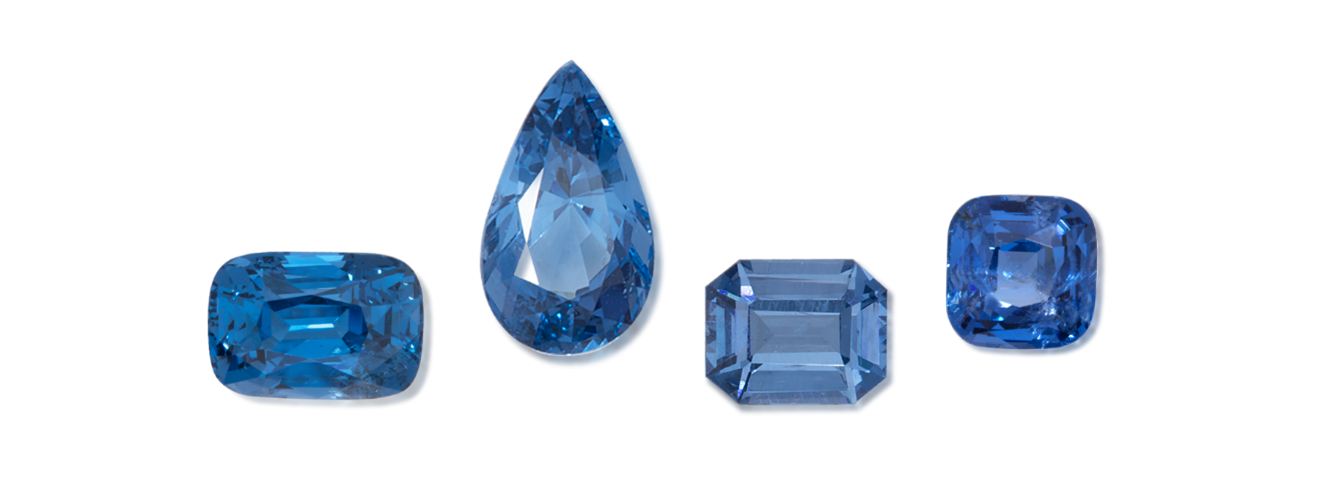
Figure 1
Representative of Cobalt blue spinel color from Mahenge, Tanzania source. Photo by Meepanya T.
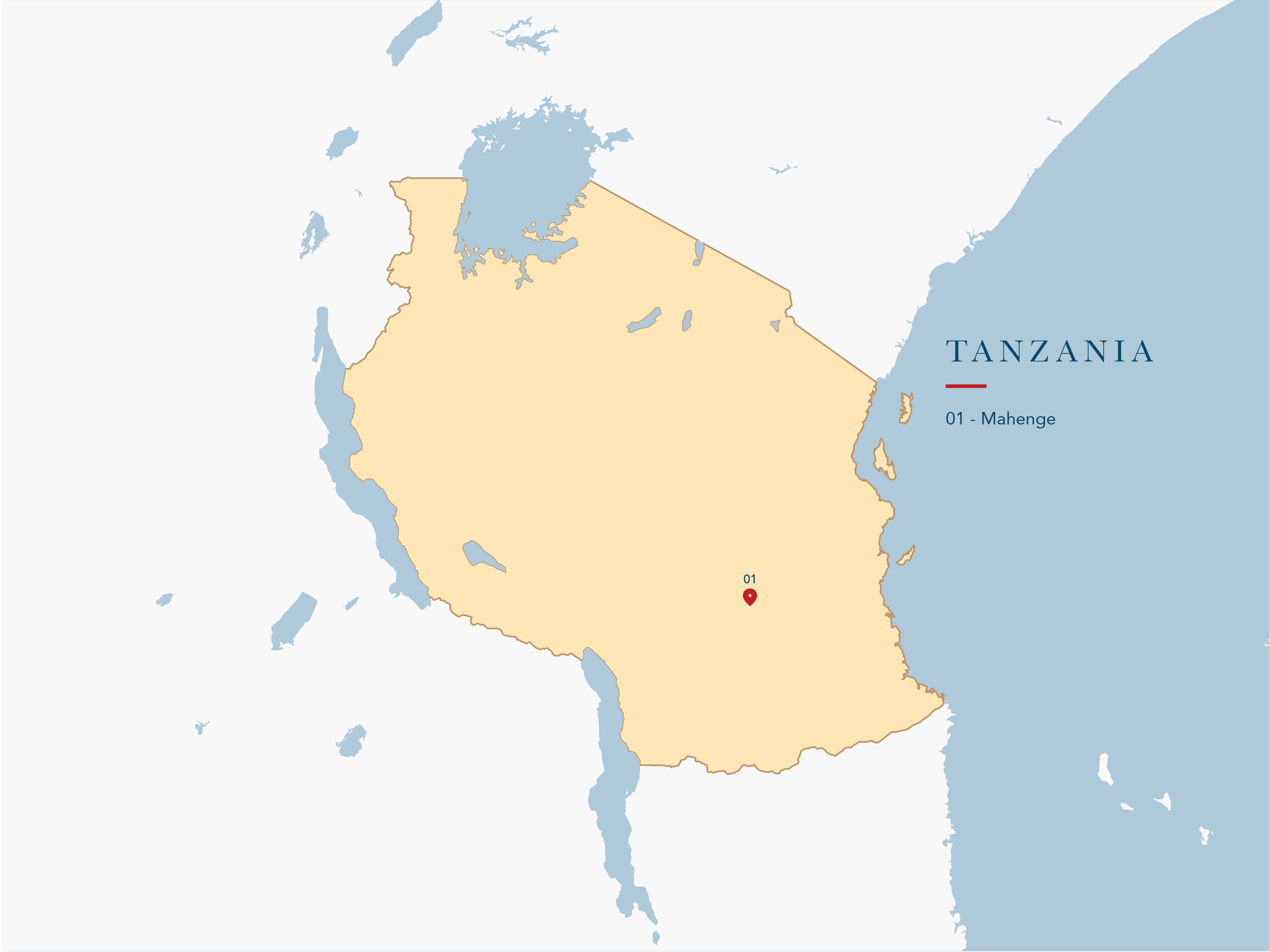
Figure 2
The Mahenge deposits area produced cobalt blue spinel in Tanzania, which is illustrated in this map. Photo by Parsons R.
It is with great pleasure that our laboratory presents the ‘space splendor inclusions within cobalt blue spinel.’ This is one of the finest examples of Mahenge cobalt blue Spinel nature has to offer. Light touching this rare Spinel variety radiates a captivating fairytale-like blue that catches the eye. The blue hue is attributed to Cobalt (Co), a rare trace element in spinel; the concentration of Cobalt has been confirmed through gemological analysis and Advanced instrumentation, as described in Figure 3 & Table 1. What is particularly impressive about these unique gemstones is their outstanding clarity from the inside out.
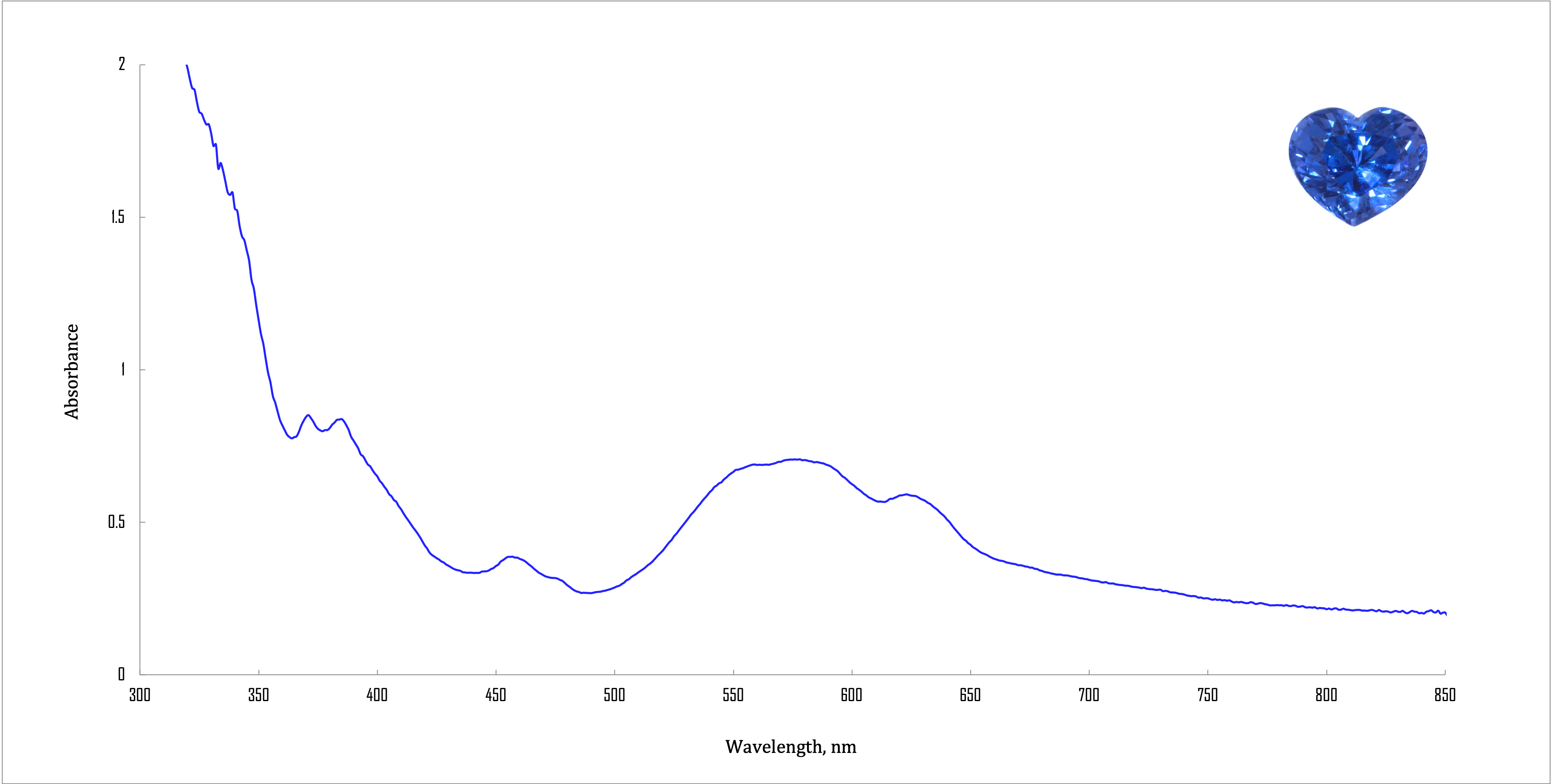
Figure 3
Figure 3: The represent typical UV-Vis-NIR spectra of Co2+ gives rise to the absorption bands at 545, 550, 580 and 628 nm. The average cobalt concentration for this Mahenge cobalt blue spinel is 14 ppma which empirically confirms the coloration observed in this fine gem.

Table 1
Trace elements chemistry of cobalt blue spinel from Mahenge, Tanzania in this research recorded in parts per million atomic
(ppma). *BDL = below the detection limit of the LA-ICP-MS analysis
Under magnification, characteristic inclusions unique to the Cobalt blue Spinel from Mahenge, Tanzania, are revealed. We are honored to name these as “Space Splendor Inclusions.” The oriented lamellae or plane-like inclusions that reflect light are particularly notable, producing interference color effects. The presence of numerous
particle inclusions arranged in geometric shapes, along with various mineral crystal inclusions, further accentuates its beauty. When viewed under a gemological microscope, these characteristics are excellent indicators of the Mahenge deposit. The naming of space splendor arises from the visual nature of these inclusions, often resembling galaxies and or clusters for stars. Certainly, ‘Space Splendor Inclusions’ serve as a source of inspiration within this gemological research, evoking thoughts of the boundless realm of astronomy and igniting the researcher’s independent and fueling creative imagination in the quest for boundless scientific knowledge.
Using Ultraviolet Visible Near Infrared Spectrophotometry (UV-Vis-NIR), the absorption spectra of the samples from this research displayed a prominent composite band between 550 to 650 nm, highlighted in Figure 3. Note: If the iron content dominates the UV-VIS-NIR spectrum, the traditional Energy Dispersive X-ray Fluorescence Spectroscopy (EDXRF) is unreliable for quantifying elemental quality. This is because the cobalt content in most Spinels falls below this technique’s detection limit. Furthermore, for some ideal stones, if there is uncertainty about the presence of characteristic inclusions or their origin, gemologists may need additional tests to understand the chemical fingerprint using advanced instruments. Therefore, ICA | GemLab frequently utilizes
the advanced instrument Laser Ablation Inductively Coupled Plasma Mass Spectrometry (LA-ICP-MS). This provides precise quantitative chemical analysis in parts per million atomic (ppma), as shown in Table 1.
Space Splendor Inclusion Gallery





Figure 4
‘Space Splendor Incluions’ oriented lamellae with film-like inclusions and innumerable of particles spread out in geometric patterns
with interference color effects, imagine scientists discovered an asteroid in the new solar system within cobalt blue spinel from Mahenge, Tanzania. Oblique fiber optic. Photomicrograph by Lhongsomboon Y



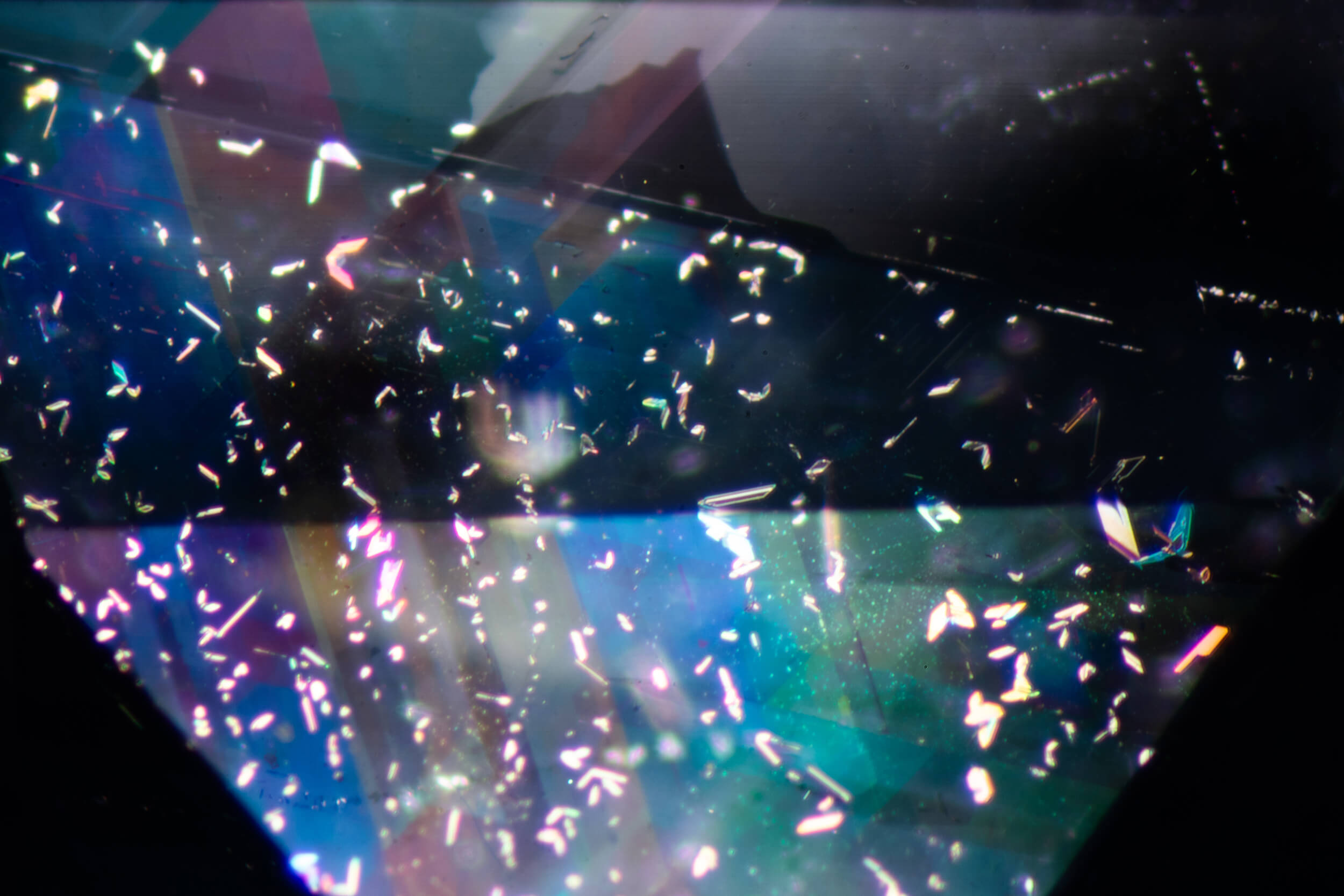

Figure 5
‘Space Splendor Incluions’ oriented lamellae with film-like inclusions and innumerable of particles spread out in geometric patterns with interference color effects, imagine scientists discovered an asteroid in the new solar system within cobalt blue spinel from Mahenge, Tanzania. Oblique fiber optic. Photomicrograph by Lhongsomboon Y

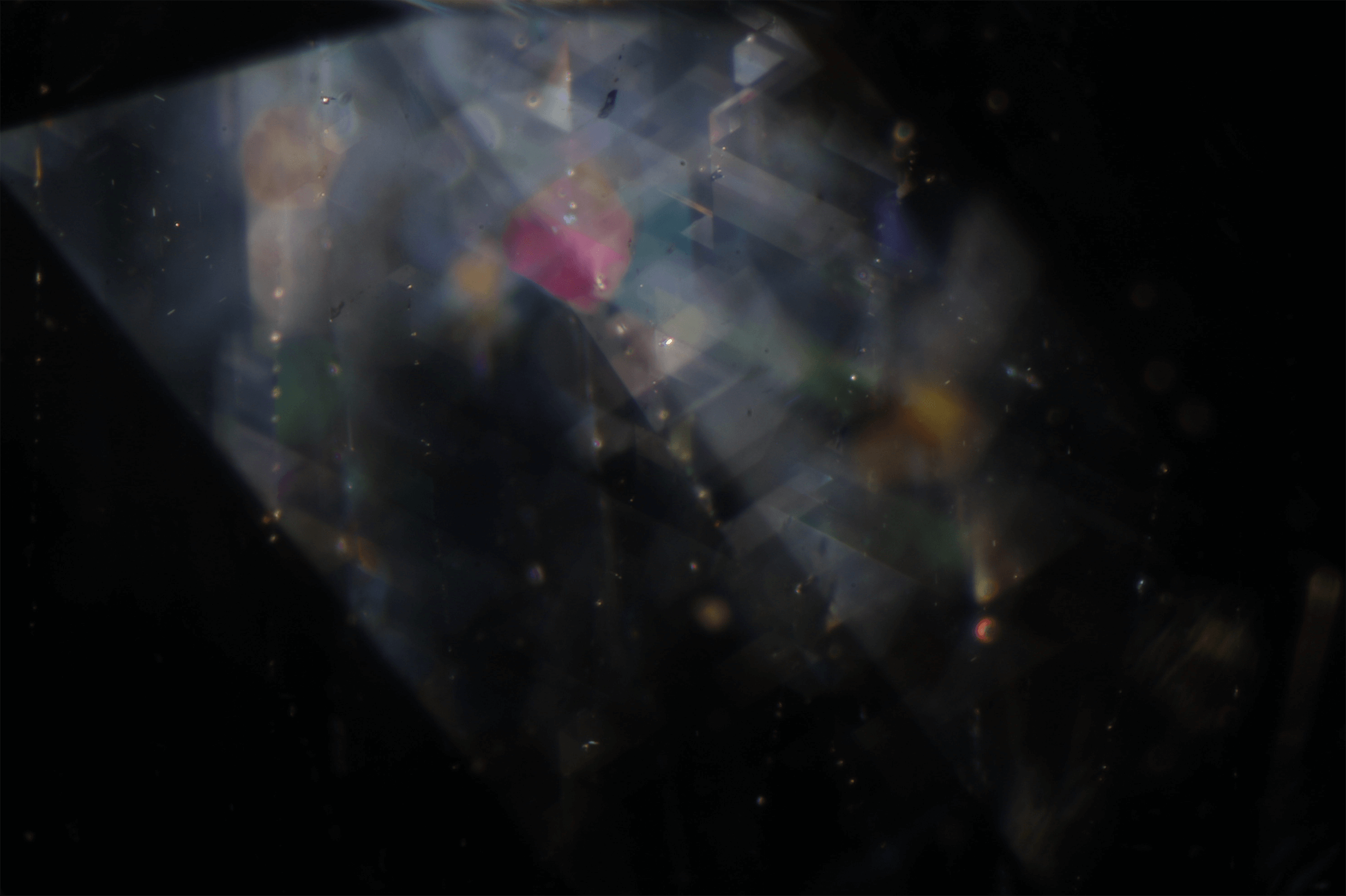

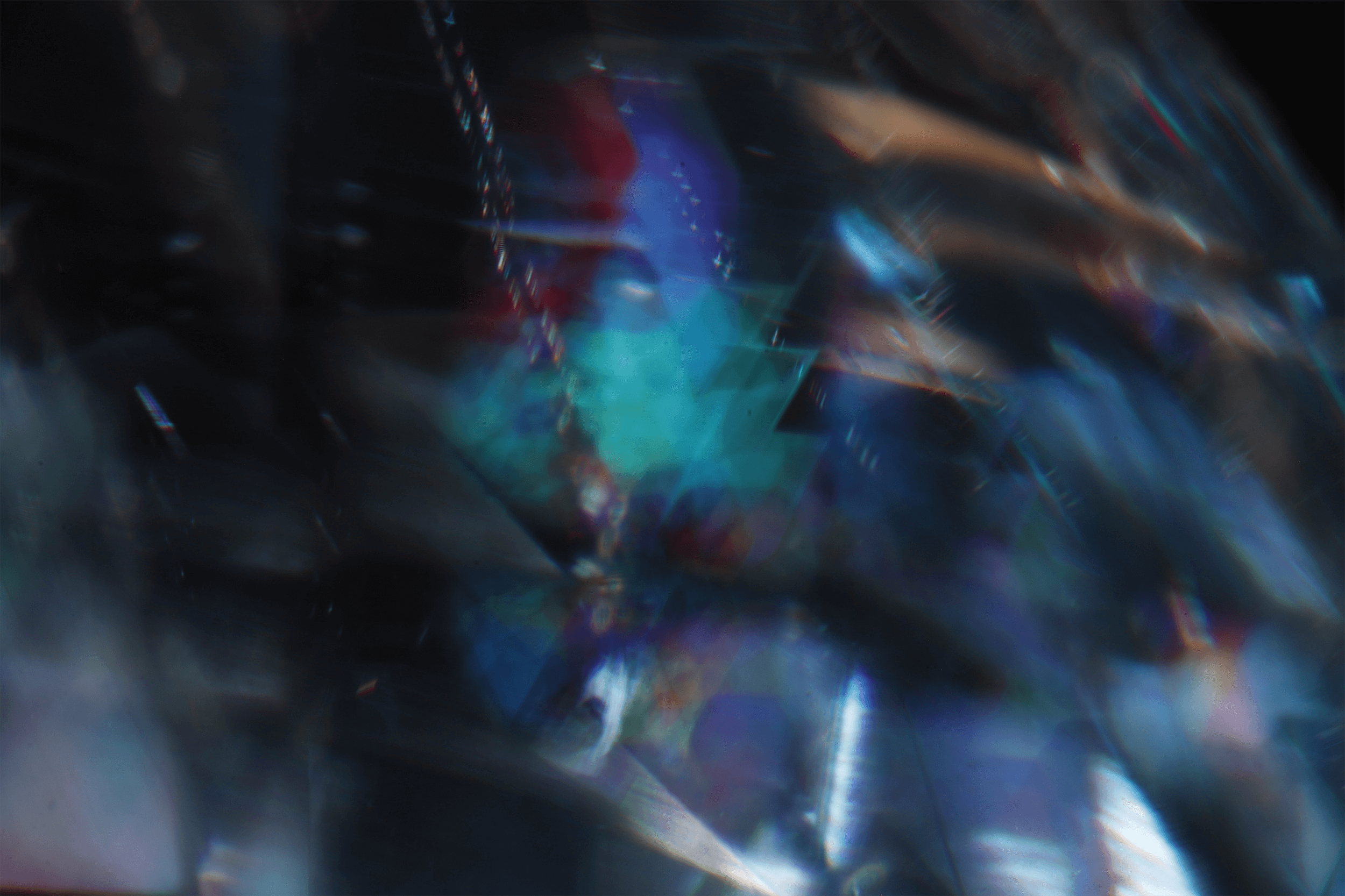

Figure 6
Interference color effect with speciality oriented lamellae found in cobalt blue
spinel from Mahenge, Tanzania. Oblique fiber optic. Photomicrograph by Lhongsomboon YC


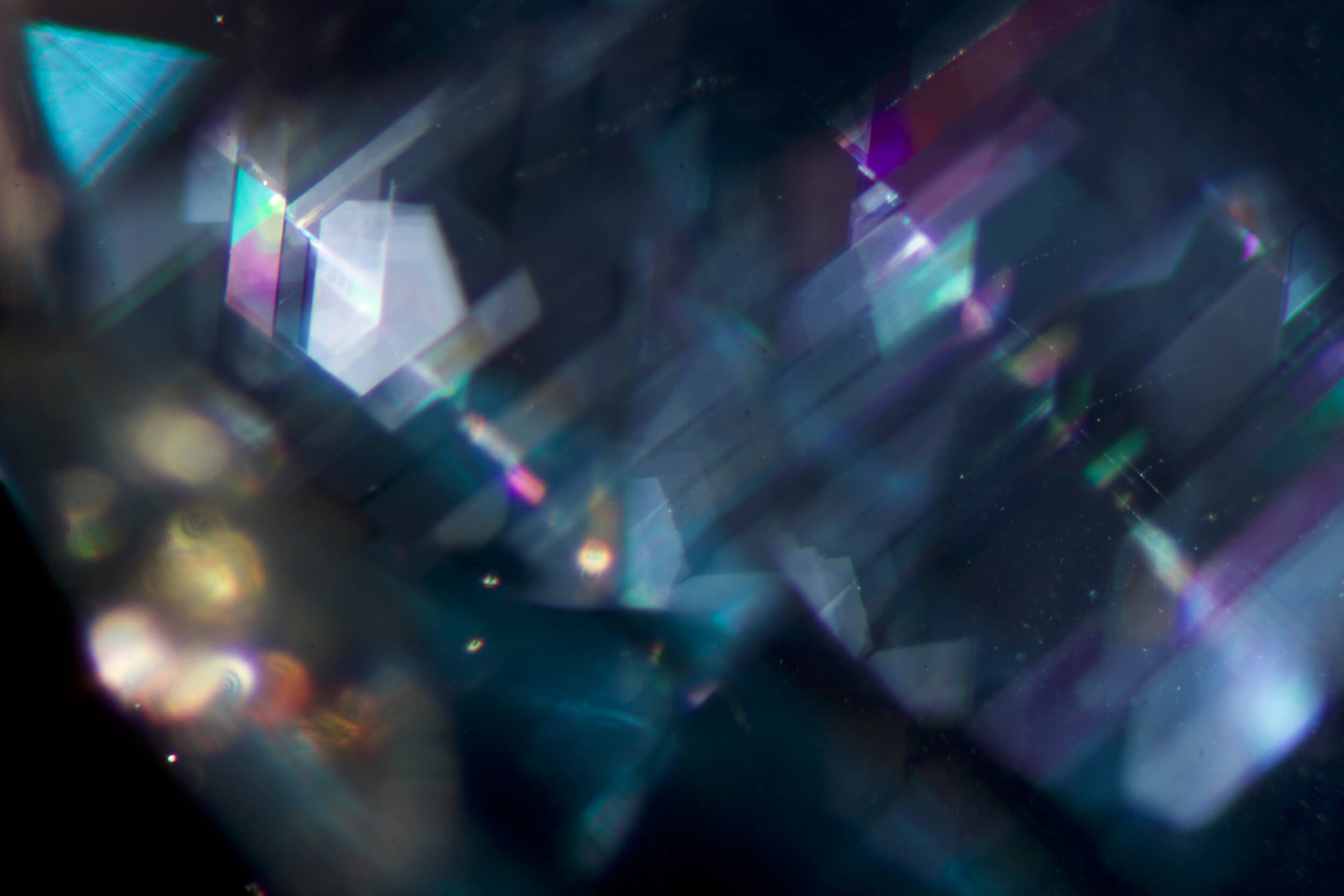


Figure 7
Satellite-like inclusions oriented lamellae in different directions within cobalt blue spinel from Mahenge, Tanzania. Oblique fiber optic. Photomicrograph by Lhongsomboon Y
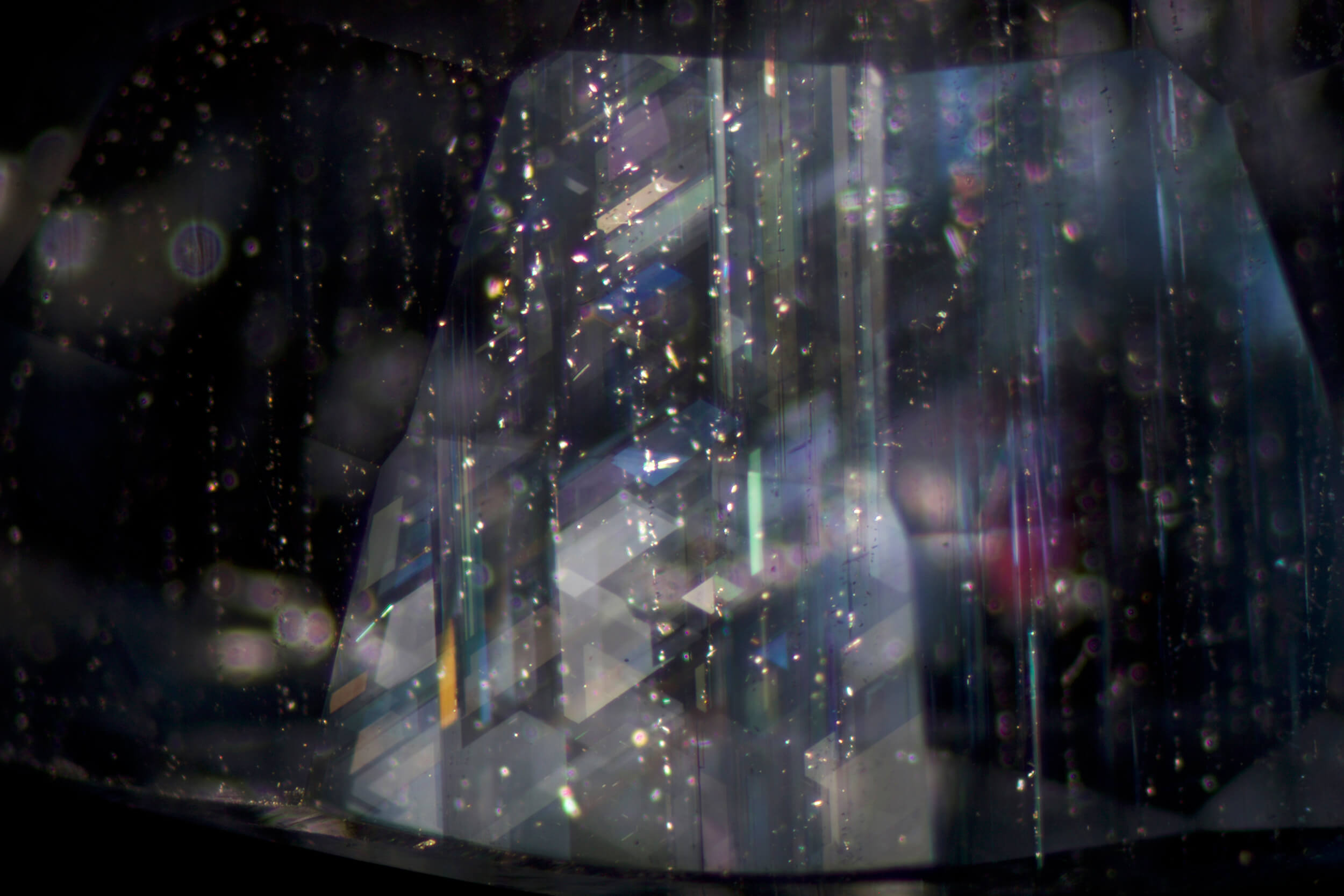




Figure 8
Interference color with oriented lamellae in different angles within cobalt blue spinel from Mahenge, Tanzania. Oblique fiber optic. Photomicrograph by Lhongsomboon Y



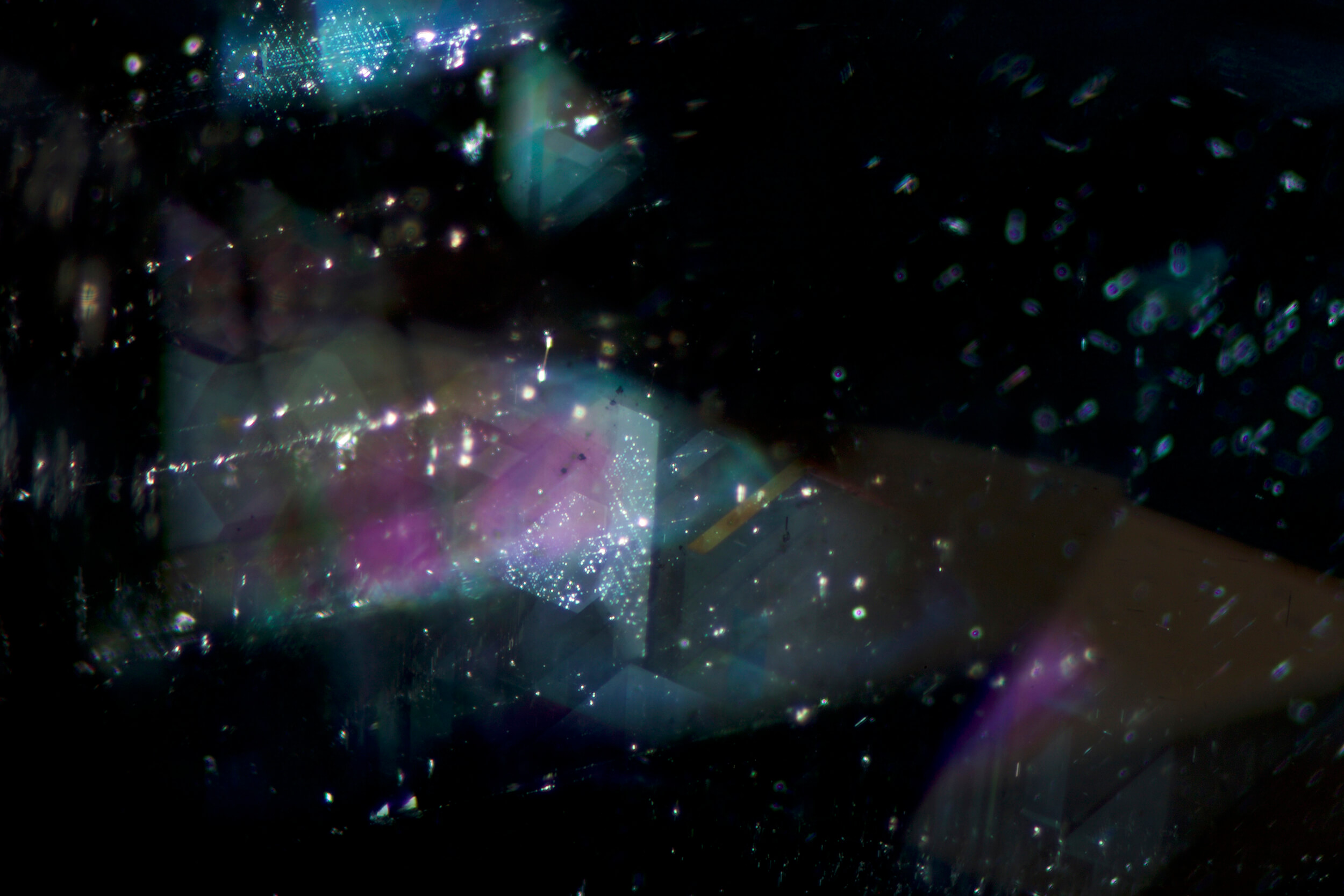
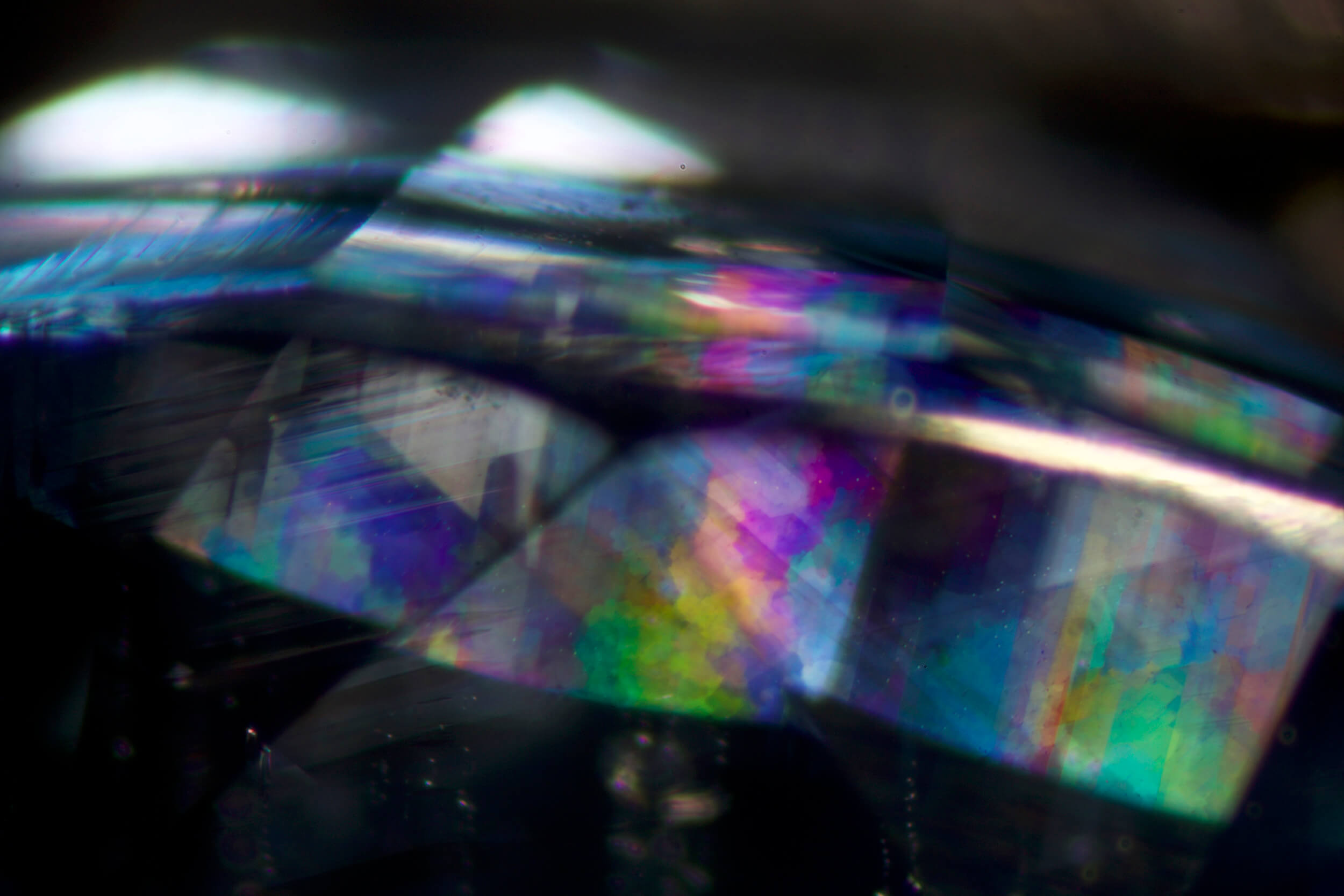
Figure 9
Iridescent color or rainbow effect with oriented lamellae, some part looks like digit pattern with pay of color phenomena in opal and line-up particles inclusions in cobalt blue spinel from Mahenge, Tanzania. Oblique fiber optic. Photomicrograph by Lhongsomboon Y





Figure 10
Reflective color of oriented lamellae with different shaped, top picture looks like feathered headgear within cobalt blue spinel from Mahenge, Tanzania. Oblique fiber optic. Photomicrograph by Lhongsomboon Y

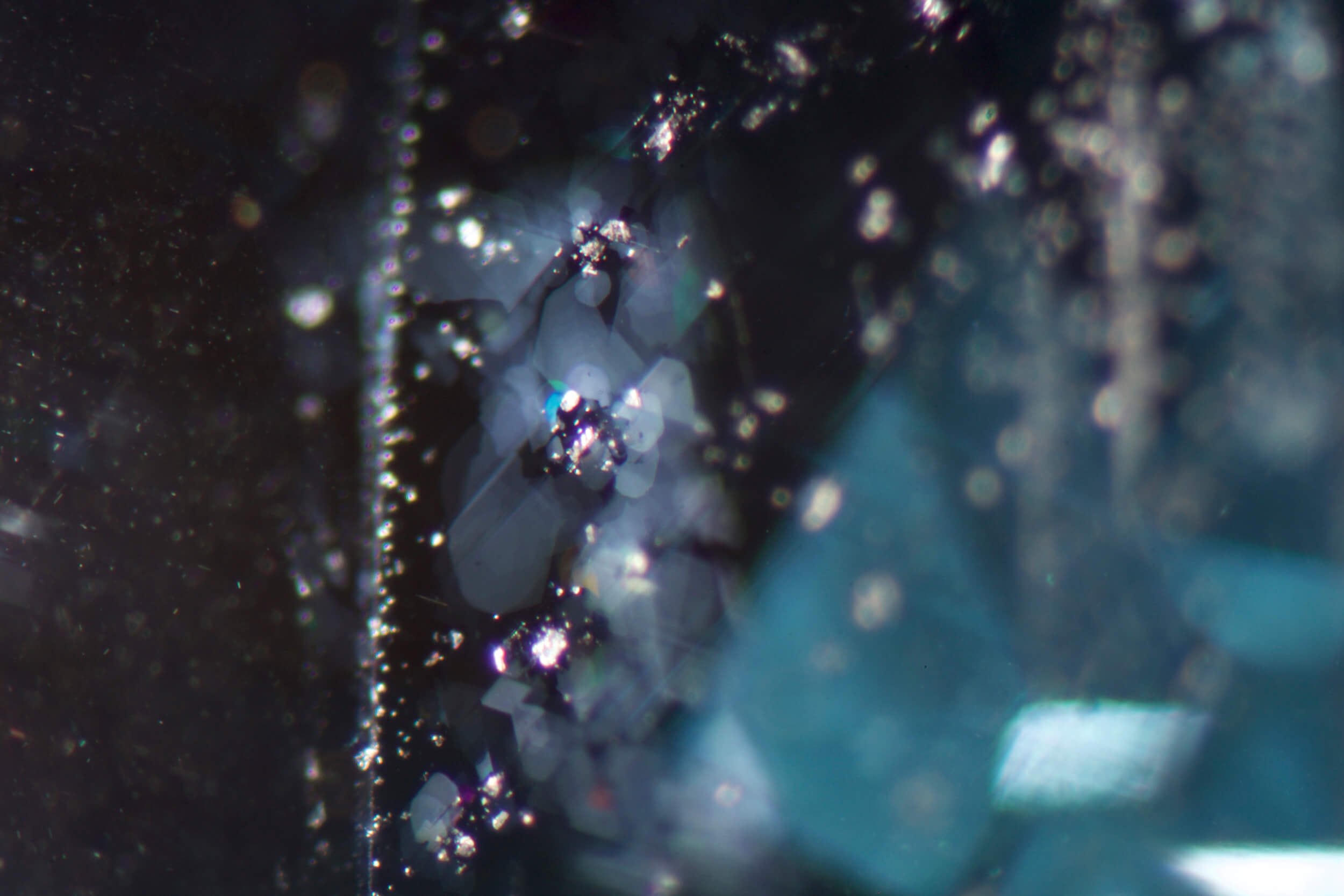


Figure 11
Camellia-like inclusions with iron stain filled in parallel tubes, the flower-like is reflective oriented lamellae and reflective particles/dust-like inclusions within cobalt blue spinel from Mahenge, Tanzania. Oblique fiber optic. Photomicrograph by Lhongsomboon Y
About the Writer

Yenruedee Lhongsomboon
Senior Gemologist and Laboratory Manager at ICA|GemLab. She brings a wealth of expertise to our team. With a focus on lab management, she oversees the efficient operations of our gemological facility. Yenruedee’s specialty lies in gemstone identification and the intricate task of determining the origin of gemstones, while also leveraging advanced instrument technology for precise analysis. Her commitment to ongoing gemstone research further enhances our understanding of gemstone.

